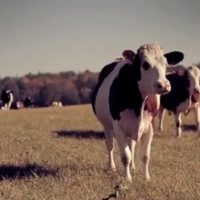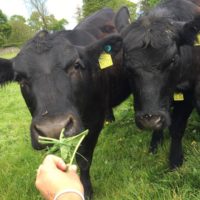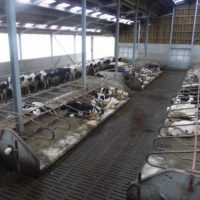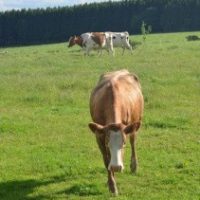Grazing as a tool to improve animal welfare and meet the consumers’ needs
Practice abstract
Description
Customers start to perceive food not only as a source of nutrients but also as a source of bioactive components having a positive impact on their health/or that are pro-health. An increasing number of people appreciate the value of natural food produced with respect to the environment and animal health and welfare. The intensification of agricultural production, including particularly the efforts of dairy farmers for achieving the possibly highest milk yield, results in a lower milk quality, worsened cows health and increased number of medicaments given to them. The usage of antibiotics in animal husbandry in Poland is high, such that the Polish government took the action to reduce the problem of antibiotic resistance of farm animals to improve the public health. Animal welfare is also one of the priorities of EU politics. There is an easy and cheap way to improve cow’s health and welfare. The farmer, whose name is Marian Nowak, introduced grazing to his feeding system. 200 dual – purpose dairy cows have access to vast species-rich pastures which botanical composition is regularly enriched with grasses, legumes and herbs. With such an approach the farmer significantly reduced the costs of feeding, improved the quality of milk processed into dairy products directly on his farm and cut nearly to zero the marketing costs of such products, because customers willingly attend shops to buy cheese or yogurt they preferred. Interesting the conclusion was the farmer was not solely focused on farm income, maintaining a high standard of welfare of his herd is equally important for him/her.
Abstract also available in:
Dutch | French | German | Italian | Polish | Swedish
Additional information
| Farming system | conventional farming |
|---|---|
| Domains of innovation | farm system, product processing |
| Main types of animal | dairy cattle |
| Country | Poland |
| Product type | Practice abstract |
| Language | English |





